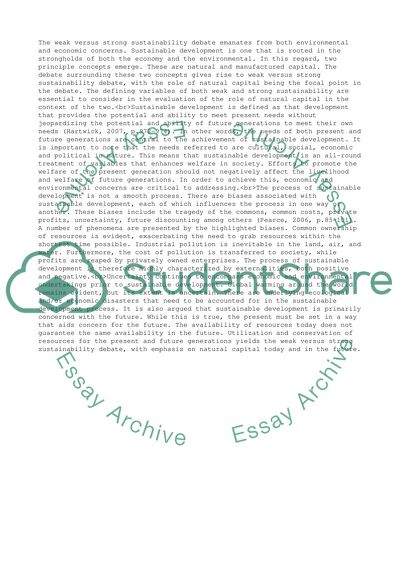Cite this document
(“The Role of Natural Capital in the Week versus Strong Sustainability Essay”, n.d.)
Retrieved from https://studentshare.org/business/1451555-explain-the-role-of-natural-capital-in-the-weak
Retrieved from https://studentshare.org/business/1451555-explain-the-role-of-natural-capital-in-the-weak
(The Role of Natural Capital in the Week Versus Strong Sustainability Essay)
https://studentshare.org/business/1451555-explain-the-role-of-natural-capital-in-the-weak.
https://studentshare.org/business/1451555-explain-the-role-of-natural-capital-in-the-weak.
“The Role of Natural Capital in the Week Versus Strong Sustainability Essay”, n.d. https://studentshare.org/business/1451555-explain-the-role-of-natural-capital-in-the-weak.


